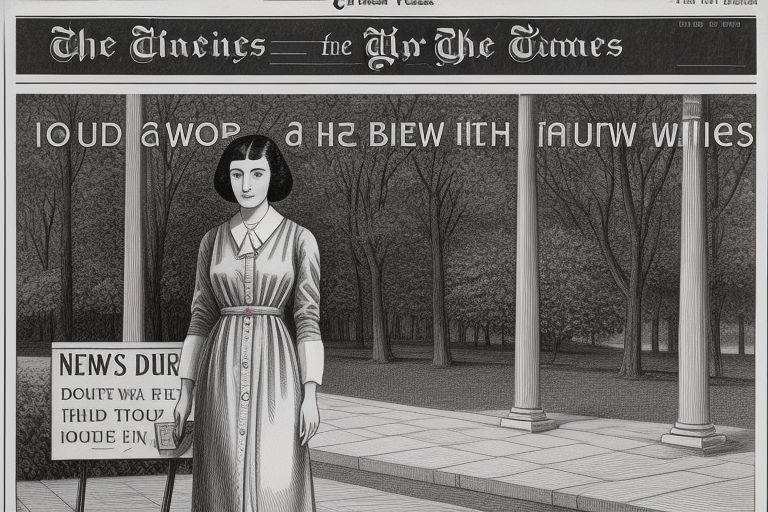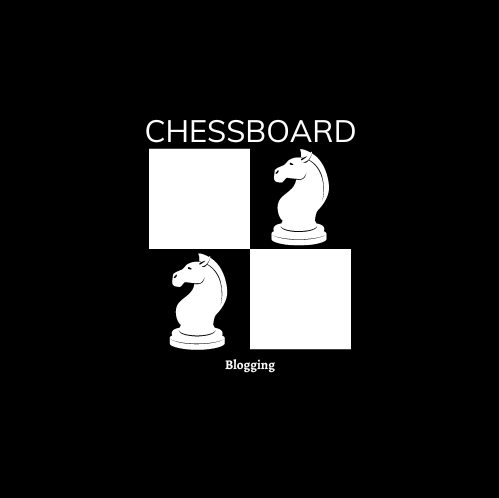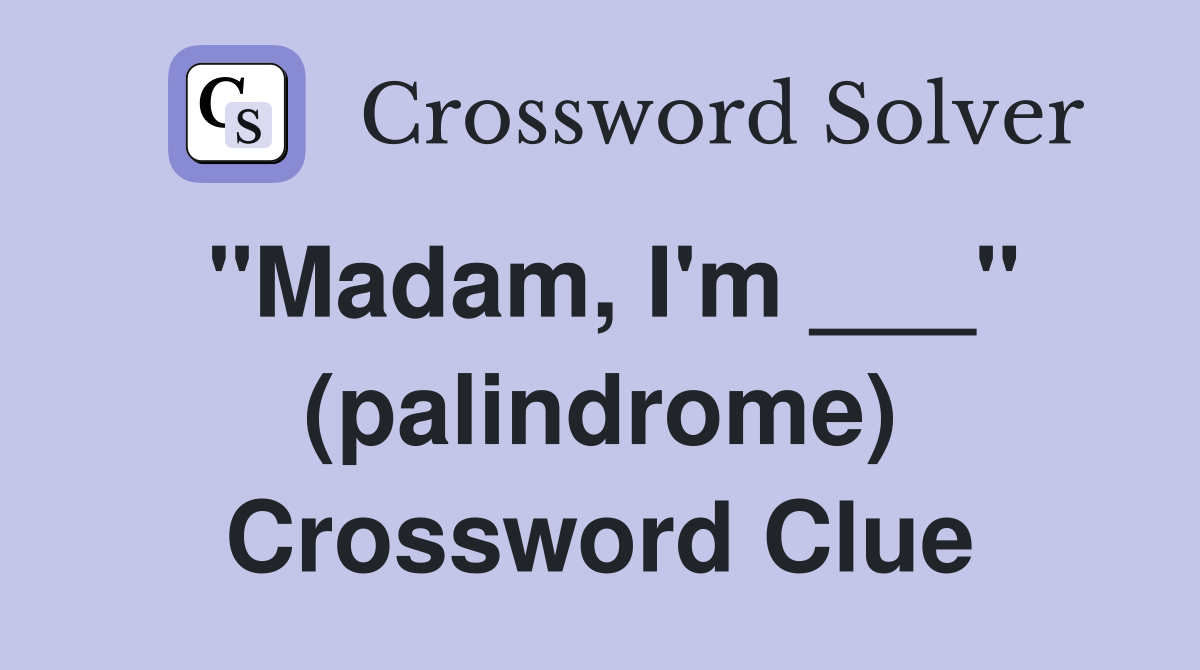Madam Im palindrome NYT is a famous phrase that many people search for when solving word puzzles. This well-known palindrome has appeared in different crossword puzzles, including The New York Times (NYT). A palindrome is a word, phrase, or sentence that reads the same forward and backward.
If you love brain teasers, then “Madam, I’m palindrome NYT” is a fun phrase to explore! It is not just a random word—it follows a unique language pattern. Palindromes are often used in puzzles to challenge your thinking and vocabulary. Let’s dive deeper into what makes this phrase special and how it has been used in different word games.
Table of Contents
What is “Madam, I’m Palindrome NYT”? A Simple Explanation
“Madam, I’m palindrome NYT” is a popular phrase that many people search for when solving crossword puzzles. This phrase is a palindrome, which means it reads the same forward and backward. It has been used in word games, including The New York Times (NYT) crossword puzzle.
People love palindromes because they are fun and tricky. The phrase “Madam, I’m Adam” is one of the most famous palindromes in history. Over time, it has been shortened and used in puzzles as “Madam, I’m palindrome NYT.” Understanding this phrase helps in solving crossword clues quickly.

Why Do People Search for “Madam, I’m Palindrome NYT” in Crossword Puzzles?
Many crossword solvers look for “Madam, I’m palindrome NYT” because it often appears as a clue or answer. Crossword puzzles love using palindromes because they are unique and challenge players to think differently.
Solving palindrome clues requires pattern recognition. Since these words read the same both ways, they help in figuring out tricky crossword answers. Knowing common palindromes like this one can make solving puzzles much easier and faster.
If you play The New York Times crossword, you might have seen this phrase before. It is a favorite for puzzle makers because it is short, clever, and easy to fit into grids.
The Fun Behind Palindromes: How They Work in Word Games
Palindromes are special words or phrases that stay the same when read backward. The phrase “Madam, I’m Adam” is one of the most famous examples. That is why the term “Madam, I’m palindrome NYT” is so popular.
In word games, palindromes make puzzles more interesting. They test a player’s vocabulary and ability to spot patterns. Many crossword creators use palindromes to challenge players and make the game more engaging.
Some other common palindromes include:
- Racecar
- Level
- Radar
- Civic
These words are often used in puzzles because they are simple yet tricky. Knowing a few palindromes can improve your skills in solving word games.
A Brief History of Palindromes: Where “Madam, I’m Adam” Comes From
The phrase “Madam, I’m Adam” is one of the oldest palindromes in English. It is said to be a joke about the biblical story of Adam meeting Eve. The phrase remains famous today, and people still enjoy using it in word games.
Palindromes have existed for centuries. Writers and poets have used them to create fun and clever phrases. In modern times, they are common in crossword puzzles, brain teasers, and wordplay.
Understanding the history of palindromes helps in recognizing them quickly. If you see a strange phrase in a puzzle, try reading it backward—it might be a palindrome!
How The New York Times Uses Palindromes in Crossword Puzzles
The New York Times (NYT) crossword puzzle is known for its tricky word clues. The phrase “Madam, I’m palindrome NYT” has been used in different ways in their puzzles.
NYT crossword creators love using palindromes because they fit well into word grids. Since they look the same forward and backward, they can make solving clues easier once you spot them.
Next time you do a NYT crossword, look out for palindrome clues. They are fun and can help you finish the puzzle faster.
Famous Palindromes in History: More Than Just “Madam, I’m Adam”
Palindromes are not just for puzzles—they have been used in literature, science, and even names! Some famous palindromes include:
- The word “rotor” (used in engineering)
- The name “Hannah” (a popular palindrome name)
- The phrase “Was it a car or a cat I saw?” (a famous wordplay)
These examples show that palindromes are everywhere. Knowing them can help you in games, quizzes, and even daily conversations.
Why Are Palindromes Popular in Puzzles and Language Learning?
Palindromes are fun because they challenge the brain. Learning them improves spelling, memory, and problem-solving skills.
People who love word games enjoy palindromes because they are unique and tricky. Teachers also use them to make learning English more exciting.
If you want to improve your vocabulary, start by memorizing simple palindromes like “madam” and “civic.” These words can help you in puzzles and make learning fun.

Conclusion
Palindromes are fun and interesting language tricks. The phrase “Madam, I’m palindrome NYT” is a great example of how palindromes make crossword puzzles more exciting. Knowing common palindromes helps in solving tricky word games.
Next time you see a strange word or phrase in a puzzle, try reading it backward. You might discover a hidden palindrome! Keep practicing, and you’ll become better at solving word clues in no time.
FAQs
Q: What does “Madam, I’m palindrome NYT” mean?
A: It refers to the famous palindrome “Madam, I’m Adam,” often used in The New York Times crossword puzzle.
Q: Why are palindromes used in crossword puzzles?
A: Palindromes are fun and tricky, making puzzles more interesting and challenging for solvers.
Q: What are some other common palindromes?
A: Some popular palindromes include racecar, level, radar, and civic.

